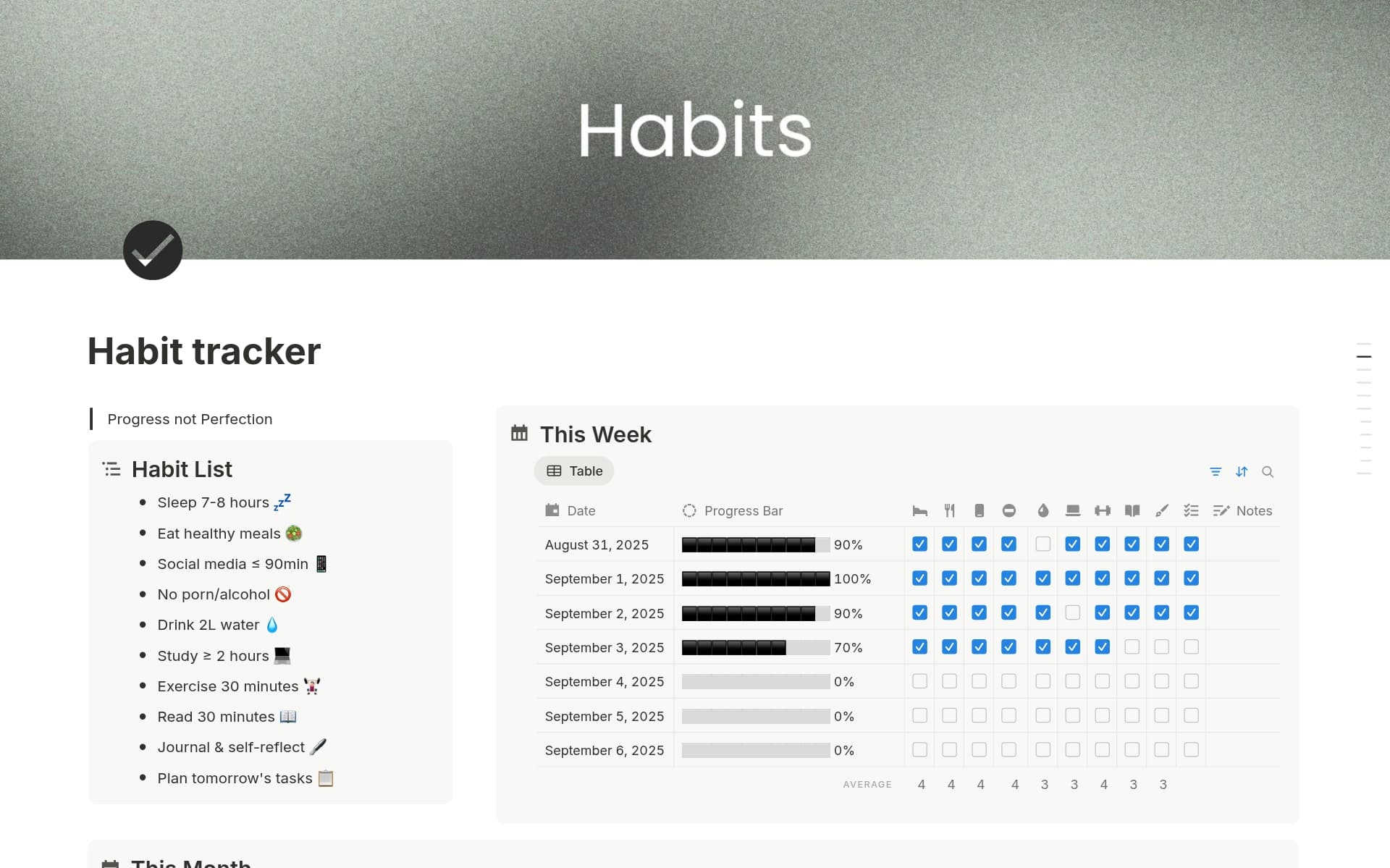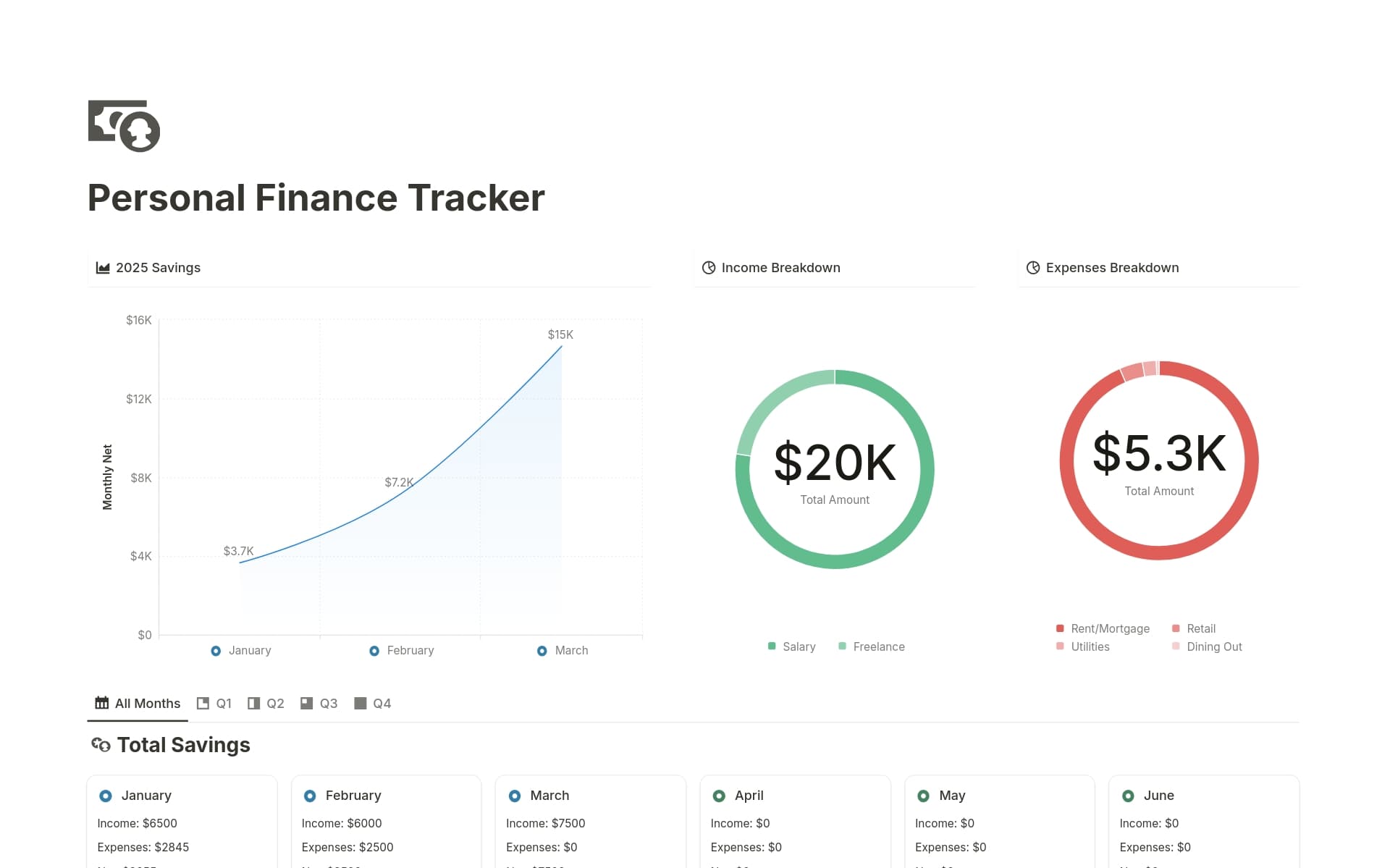A Design Brief serves as a foundational tool for proposal writers, mapping out the objectives, target audience, scope, and constraints of a project in a structured manner. It facilitates clear communication between stakeholders, ensuring everyone is aligned from the outset. A Design Brief template can expedite this process, offering a standardized format that can be customized for various projects, enhancing efficiency and clarity. Before embarking on creating your own Design Brief template, consider exploring the options below to simplify the process.
What Should Design Brief Templates Include?
Choosing the right Design Brief Template is crucial for effectively communicating project intentions and expectations. Here are key components to look for in a high-quality template:
Clear Objectives: The template should clearly outline the project's goals and objectives, ensuring that all stakeholders have a unified understanding of what needs to be achieved.
Detailed Timelines: It should include a detailed timeline or schedule that outlines key milestones and deadlines, helping to keep the project on track.
Budget Breakdown: A section dedicated to the budget will help in allocating resources efficiently and transparently, which is crucial for project management.
Stakeholder Information: Information about all parties involved, including contact details and roles, should be easily accessible to facilitate communication.
Selecting a template with these components will ensure a smooth process and successful project execution, saving time and enhancing communication.
What Should Design Brief Templates Avoid?
Choosing the right Design Brief template is crucial for effectively communicating your design intentions. However, certain elements can detract from the template's utility and should be avoided:
Overly Complex Terminology: Avoid templates that use jargon or overly technical language that could confuse stakeholders who are not designers.
Excessive Detail: Select templates that encourage brevity and relevance over exhaustive detail, which can overwhelm and detract from key points.
Rigid Structure: Steer clear of templates that do not allow customization or flexibility to adapt to different projects and client needs.
Ultimately, the best templates are those that provide clarity and flexibility, helping to streamline the design process rather than complicating it.



